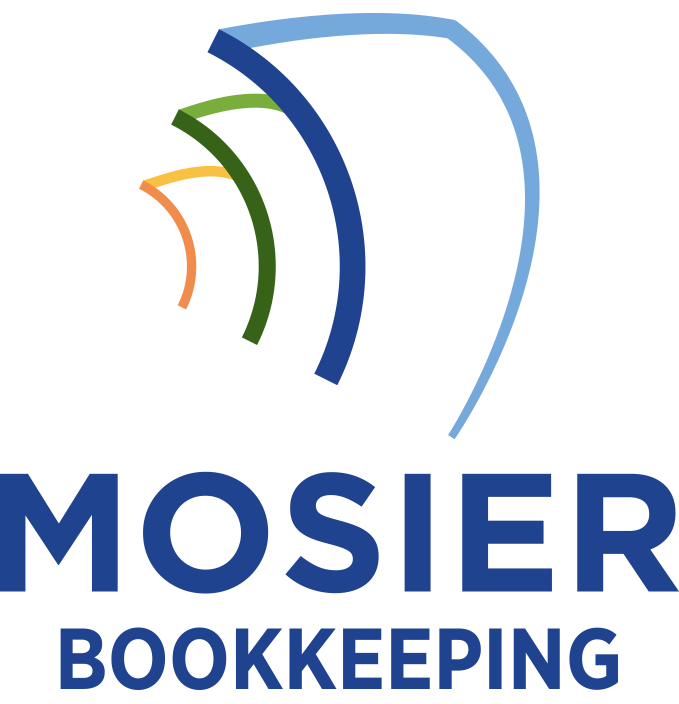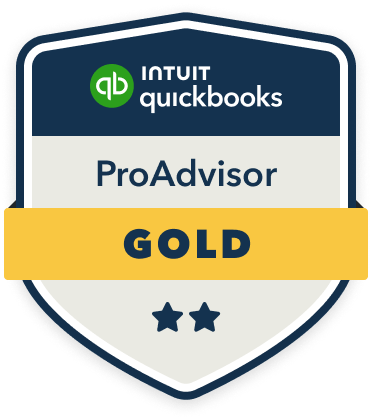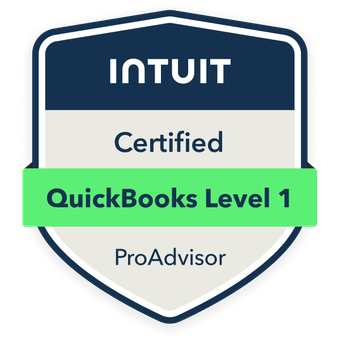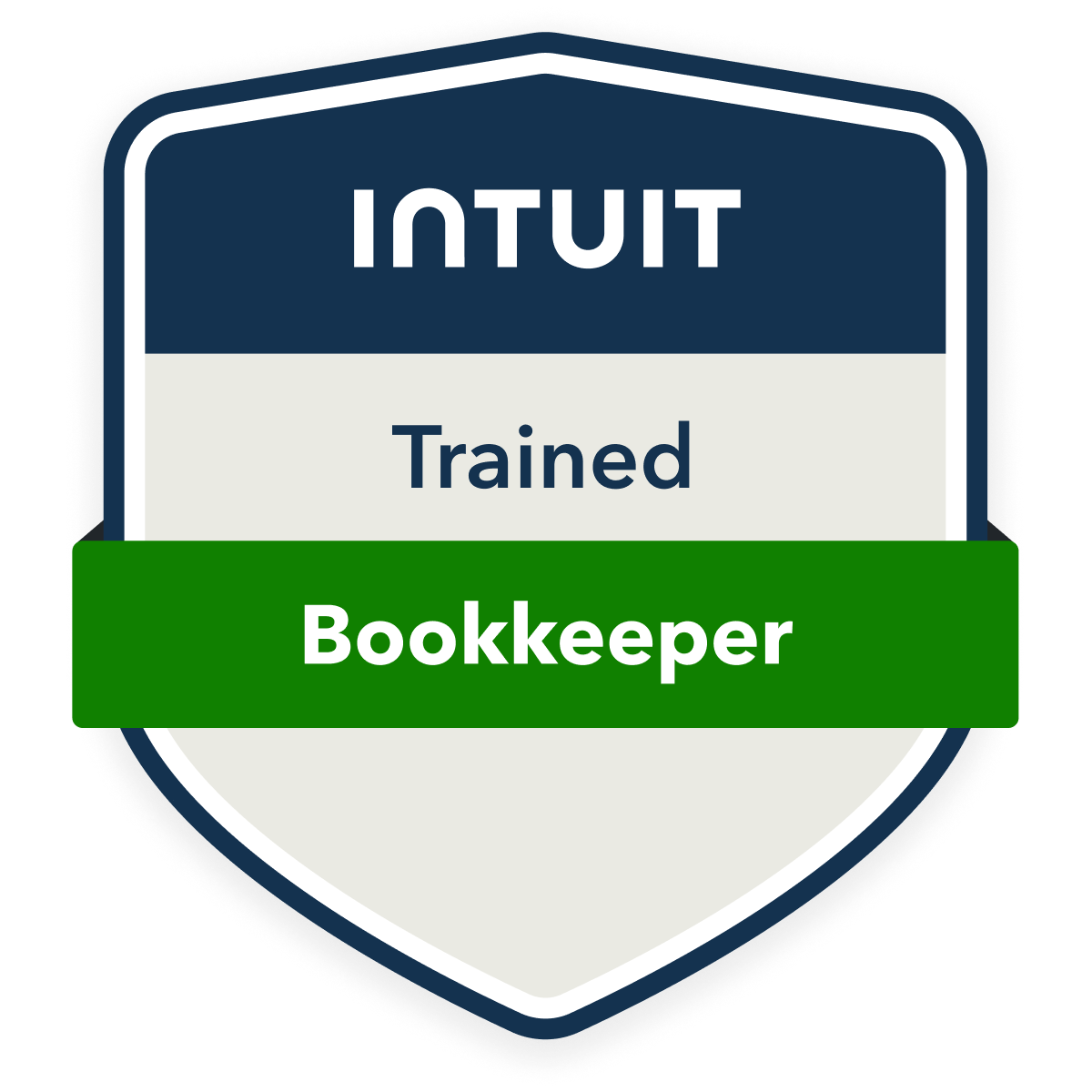To handle bookkeeping for businesses with data protection programs, I’ll need to implement robust security measures that comply with GDPR, CCPA, and industry regulations. I recommend selecting software with AES-256 encryption, establishing multi-factor authentication, and maintaining detailed audit trails. I’ll need to train staff on data handling protocols, enforce strict access controls, and document all security procedures. The complexity of protected financial record-keeping requires a meticulous approach to guarantee compliance and security.
Understanding Data Protection Requirements in Financial Record-Keeping
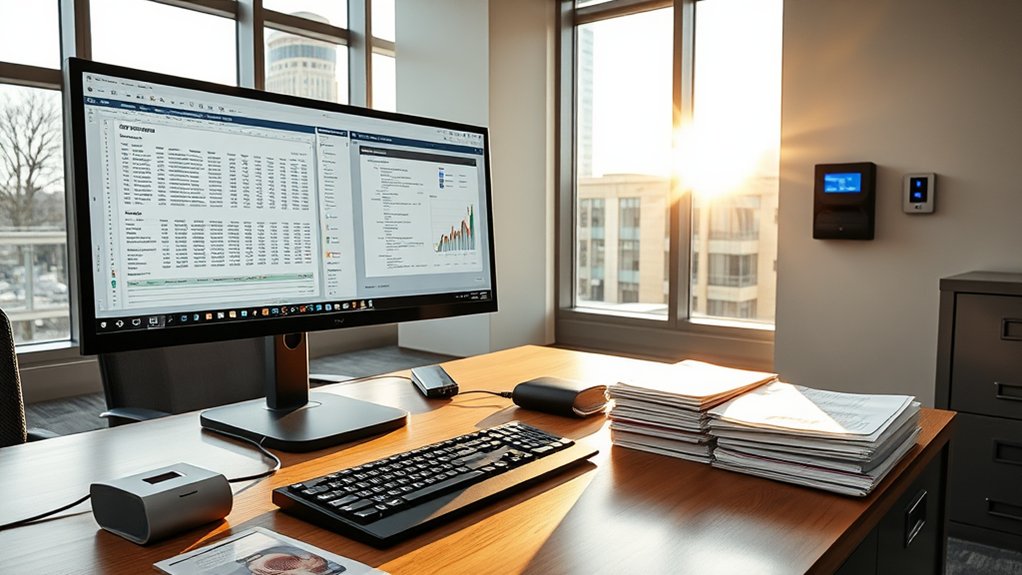
Anyone maintaining financial records for a business must understand the data protection requirements that govern sensitive financial information. I’ll guide you through the essential compliance standards, including GDPR, CCPA, and industry-specific regulations that impact your bookkeeping practices.
You’ll need to implement strict access controls, encryption protocols, and secure storage systems for all financial data. I recommend documenting your data handling procedures and maintaining detailed audit trails. It’s critical to classify financial information based on sensitivity levels and establish retention periods that align with legal requirements.
You must also guarantee your accounting software meets current security standards and regularly update your protection measures.
Selecting Secure Bookkeeping Software and Tools
Three critical factors drive the selection of secure bookkeeping software: robust data encryption, granular access controls, and thorough audit logging capabilities. I’ll help you evaluate each factor against your compliance requirements.
I recommend prioritizing software that offers end-to-end encryption at rest and in transit, meeting standards like AES-256. You’ll need role-based access controls to restrict data visibility based on job functions. The audit logs must track every user interaction with sensitive financial data.
Consider platforms certified for SOC 2, ISO 27001, or similar standards. I also suggest examining their data breach response protocols and backup systems before making your final selection.
Best Practices for Protected Data Storage and Access

Implementing secure software platforms forms just one part of an extensive data protection strategy. I recommend establishing strict access controls through multi-factor authentication and role-based permissions to protect sensitive financial data. You’ll need to encrypt data both in transit and at rest using industry-standard protocols.
Store your backups in geographically dispersed locations and test them regularly. I insist on maintaining detailed access logs and conducting periodic audits of user activities. You must document all data handling procedures and establish a clear chain of custody for financial records. Remember to comply with relevant regulatory frameworks like GDPR or CCPA.
Employee Training and Security Protocols
While robust systems form the backbone of data security, thorough employee training remains critical for maintaining protected financial records. I recommend implementing mandatory quarterly training sessions covering password policies, data handling procedures, and breach response protocols. You’ll need to establish clear accountability metrics and conduct regular compliance audits.
I insist you document all training activities and require signed acknowledgments from staff. Your protocols should outline specific access levels, authentication requirements, and incident reporting chains. By enforcing strict clean-desk policies and regular security assessments, you’ll create a culture of data protection that safeguards your financial information and maintains regulatory compliance.
Auditing and Compliance Documentation Procedures

Regular compliance audits require systematic documentation across four key areas: transaction records, security measures, employee access logs, and incident reports. I’ll help you establish a robust tracking system to maintain these records efficiently.
For transaction records, I recommend implementing dual-control verification and automated audit trails. Document your security protocols, including encryption methods and data storage safeguards. Maintain detailed employee access logs showing who accessed what data and when. Create standardized incident report templates that capture breaches, attempted intrusions, and system failures.
When auditors review your documentation, you’ll demonstrate your commitment to data protection compliance.
